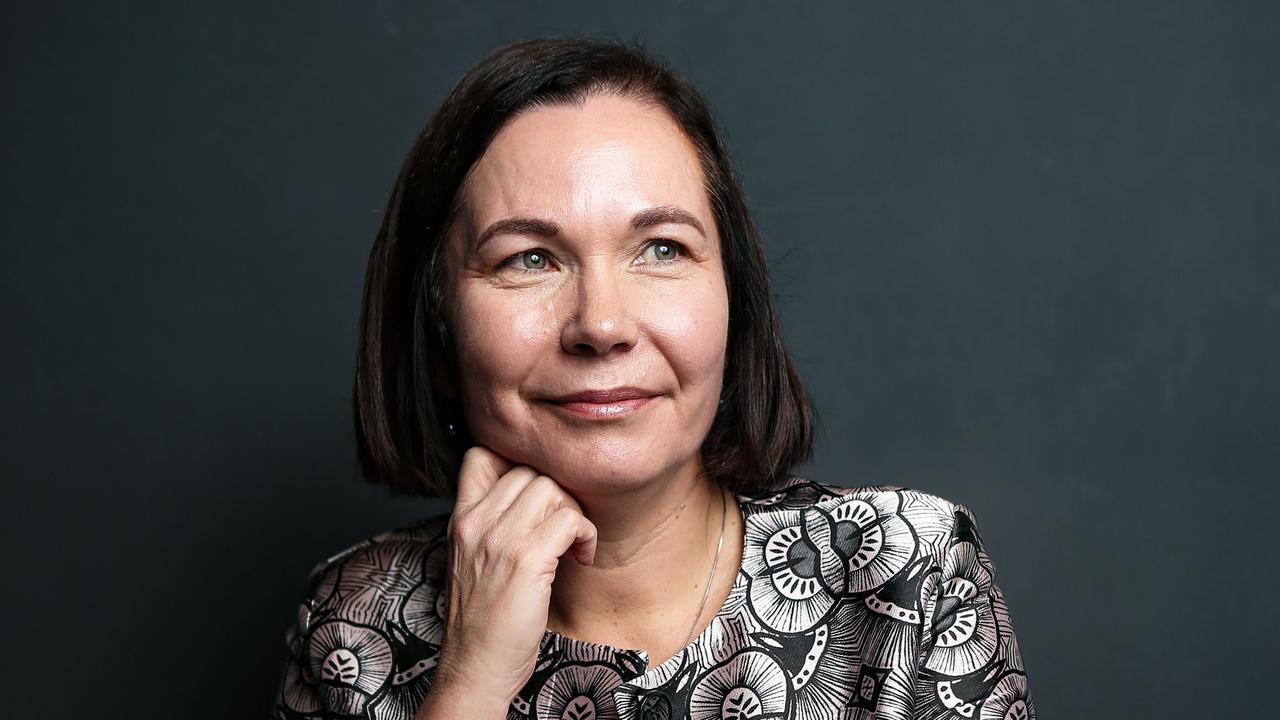Local institutions among best and brightest
AUSTRALIAN universities often receive a bad wrap for their lack of competitive standing on the international stage. This is an unfair descriptor, at least in an overall sense.
Globally there are about 9000 universities (depending on the exact definition used). Australia has 38 public universities, with 17 ranked in the world's top 500 according to the Academic Ranking of World Universities, the most cited of the various rankings systems used to evaluate the higher education sector worldwide.
Turning these numbers into percentages, nearly 45 per cent of Australian universities (17 of 38) are ranked in the world's top 6 per cent (500 of 9000). Not a bad effort really. It's not just the prestigious Group of Eight that perform well: nine of the 30 non-Go8 universities cracked the top 500 globally listed institutions.
As you might expect the Go8 is responsible for the upper end in the top 500. With the exception of Adelaide University (ranked in the 201-300 grouping), all Go8 universities were ranked in the top 200, according to ARWU, and no non-Go8 institutions were (Macquarie was the closest, joining Adelaide in the 201-300 grouping).
While at one level the dominance of the Go8 confirms the informal two-tiered system we have in this country, the exact rankings of this group explains why the quality of our universities compared with what's on offer globally is sometimes in question.
Four of the Australian Go8 are ranked between 101-200 leaving only three in the world's top 100 universities. No Australian university is ranked in the global top 50 - ANU is the highest at number 59. But the details explain the situation.
Overwhelmingly, the top-ranked universities are located in North America and Europe. In fact, only one university from outside of those two regions (University of Tokyo) is in the top 20. And with the exception of a second Japanese institution, ANU is next in line from outside of America and Europe, closely followed by University of Melbourne.
So what does all of this mean?
The first thing to remember is that the rankings are largely determined according to research quality and output. For most people exposed to the university environment it is the quality of teaching, not research, by scholars that guides the impression they take away with them.
While good research often informs good teaching, we need to be sure to include quality teaching output in our own domestic grading of universities even if the international methodologies do not.
Second, with such a large number of our universities ranked in the world's upper echelons, Australians can stop worrying that our system is about to crumble.
The challenge is to ensure that the Australian university system maintains its globally strong positioning, and perhaps supports an inner circle within the Go8 to press for truly world-class status, so that two or three of our institutions are put on the same pedestal as top-tiered American and European universities.
Our geographical positioning in the growth corridor of the world gives us a strategic advantage over European and North American institutions to attract students and research from the emerging superpowers of this millennium and beyond.
It really is the right time for an education revolution if the government only realises where it should start.
Peter van Onselen is a Winthrop professor at the University of Western Australia.



To join the conversation, please log in. Don't have an account? Register
Join the conversation, you are commenting as Logout